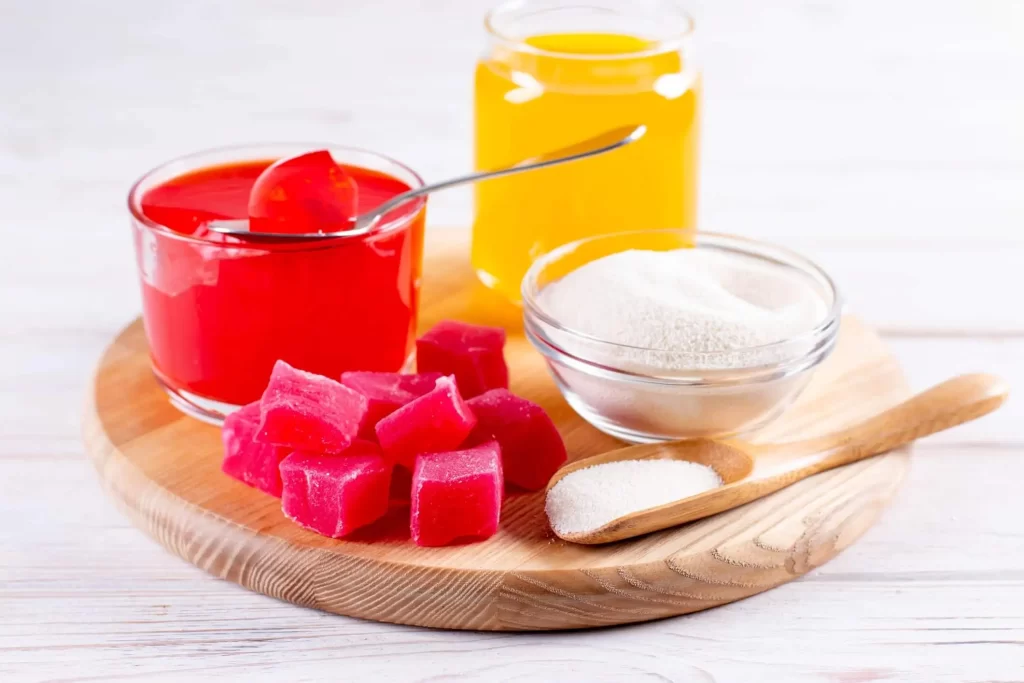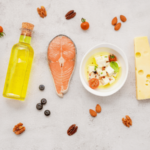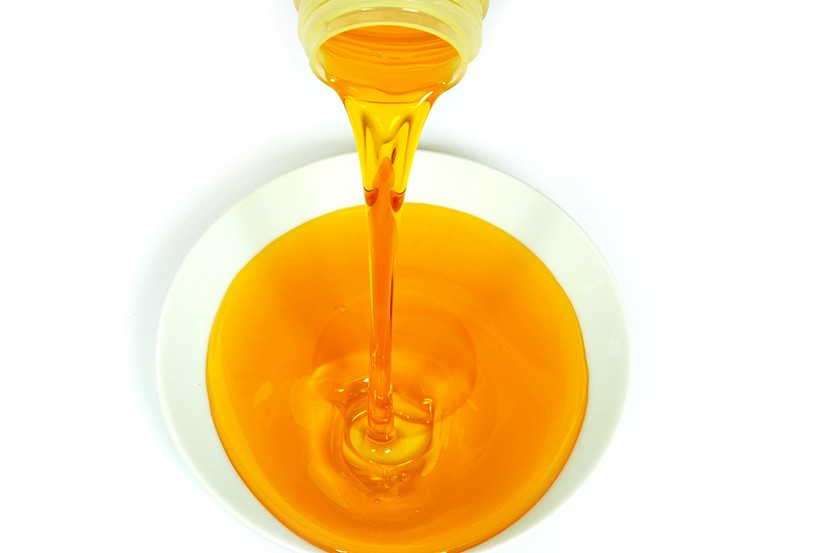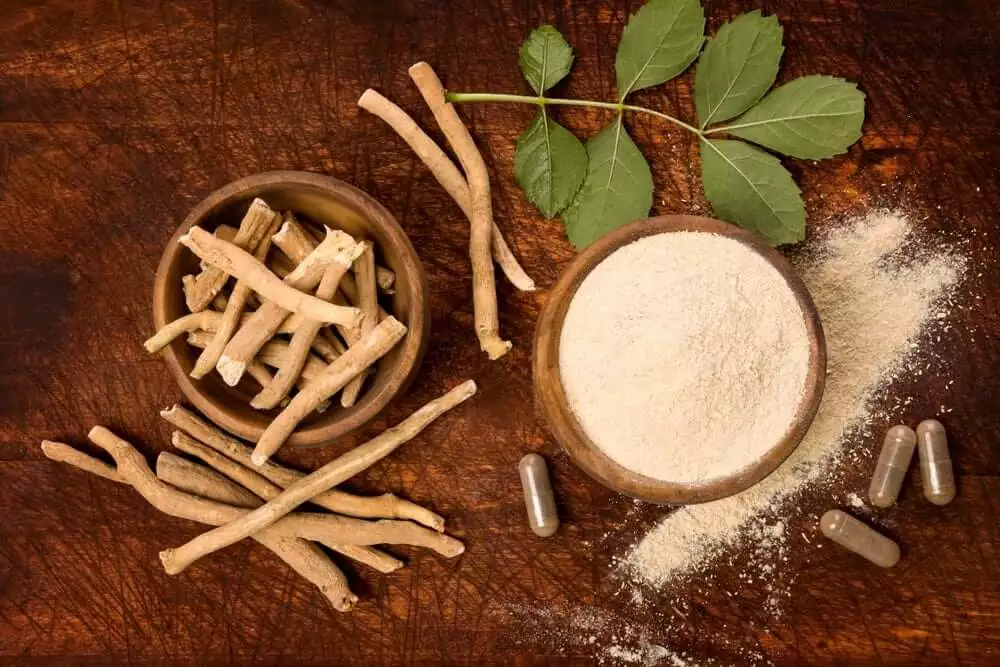Pectin offers a number of important benefits in diabetic-friendly recipes, particularly in the context of managing blood sugar levels and promoting overall health. This article introduces pectin, the type and how to use it along with some of its key advantages particularly to those who are insulin resistant such as diabetics.
Natural Thickener: Pectin is a natural thickening agent commonly used in diabetic-friendly recipes to create jams, jellies, and fruit spreads. Unlike traditional thickeners that may contain added sugars or carbohydrates, pectin allows for a desirable texture without contributing to spikes in blood sugar levels.
Low Glycemic Index: Pectin has a low glycemic index, meaning it has a minimal impact on blood sugar levels when consumed. This property makes it suitable for individuals with diabetes, as it helps prevent rapid fluctuations in blood glucose levels.
Reduced Sugar Content: When using pectin in recipes, it is possible to achieve a desirable level of sweetness without the need for excessive added sugars. This is crucial for diabetic-friendly recipes, as controlling sugar intake is essential for managing blood sugar levels.
Enhanced Fiber Intake: Pectin is a type of dietary fiber found in fruits, particularly in the peels and cores. By incorporating pectin-rich fruits into diabetic-friendly recipes, individuals can increase their fiber intake. Fiber slows down the absorption of sugar, helping to stabilize blood glucose levels and improve overall glycemic control.
Feeling of Fullness: As a dietary fiber, pectin can contribute to a feeling of fullness or satiety. This can be beneficial for individuals with diabetes who may need to manage their weight or avoid overeating.
Gut Health Support: Pectin acts as a prebiotic, meaning it provides nourishment for beneficial gut bacteria. A healthy gut microbiome has been linked to better metabolic health and improved insulin sensitivity, both of which are relevant for individuals with diabetes.
Heart Health: Some research suggests that pectin consumption may have positive effects on cholesterol levels, particularly in reducing LDL cholesterol levels. This can be beneficial for people with diabetes, as they may have an increased risk of heart disease.
Supports Digestive Health: Pectin’s gel-forming properties can help with mild digestive issues by soothing the gastrointestinal tract and promoting regular bowel movements.
It’s important to note that while pectin offers these benefits in diabetic-friendly recipes, the overall meal plan and dietary choices play a crucial role in managing diabetes. Diabetics should still be mindful of portion sizes, total carbohydrate intake, and their individual response to various foods. As with any dietary changes, it’s recommended to consult with a healthcare professional or a registered dietitian before making significant adjustments to one’s diet, especially for those with diabetes or other health conditions.
Introduction to Pectin
Pectin is a complex carbohydrate and soluble fiber that is naturally found in the cell walls of fruits and vegetables. It is a type of polysaccharide, which means it is composed of long chains of sugar molecules. This unique structure gives pectin its ability to form gels and act as a thickening agent in various culinary applications. Pectin is primarily composed of galacturonic acid, a sugar acid, which is linked together to form a long-chain polymer. It may also contain other sugars like arabinose, galactose, and rhamnose, depending on the plant source. In plants, pectin plays a vital role in providing structural support to the cell walls, contributing to the overall strength and integrity of the plant’s tissues. It acts as a cementing material between plant cells, helping them stick together. Pectin is classified as a soluble fiber because it can dissolve in water to form a gel-like substance. This property is particularly important in the digestive system, where it can help absorb water, soften stool, and promote regular bowel movements. Pectin is widely used in the food industry as a gelling agent, stabilizer, and thickener. It is commonly used in making jams, jellies, fruit preserves, and confectionery products. Pectin allows these food items to achieve a desired consistency and texture while reducing the need for excessive amounts of sugar.
Importance of Pectin in Various Industries
Food Industry: Pectin is a crucial ingredient in the food industry, especially in the production of jams, jellies, fruit preserves, and confectionery products. It acts as a natural gelling agent and thickener, helping these products achieve the desired texture and consistency. Additionally, pectin allows for the creation of reduced-sugar or low-calorie versions of these products without sacrificing their texture or taste.
Pharmaceutical Industry: Pectin finds applications in the pharmaceutical industry as well. It is used as an excipient in drug formulations, where it acts as a stabilizer, binder, and filler in tablets and capsules. Pectin can also be used to create controlled-release drug delivery systems.
Cosmetics and Personal Care: In the cosmetics industry, pectin is used in skincare products as a gelling agent and thickener. It helps improve the texture and stability of creams, lotions, and other cosmetic formulations.
Textile Industry: Pectin has been explored for its potential applications in the textile industry. Research has shown that pectin-based materials can be used to create eco-friendly and biodegradable textiles, reducing the environmental impact of textile production.
Biotechnology and Nanotechnology: Pectin has attracted interest in the field of biotechnology and nanotechnology due to its unique properties. Pectin-based nanoparticles have been studied for drug delivery and targeting applications, as well as in tissue engineering and other biomedical applications.
Role of Pectin in Human Health
Digestive Health: Pectin is a soluble fiber that acts as a prebiotic, promoting the growth of beneficial gut bacteria. This can improve overall gut health and may help alleviate digestive issues such as constipation.
Blood Sugar Regulation: Pectin’s gel-forming property slows down the absorption of sugar in the digestive system, which can help regulate blood sugar levels. This property is particularly beneficial for individuals with diabetes or those at risk of developing diabetes.
Cholesterol Reduction: Pectin has been shown to help reduce LDL cholesterol levels by binding to bile acids in the intestine, promoting their excretion from the body. This mechanism can contribute to better heart health and a reduced risk of cardiovascular diseases.
Weight Management: As a soluble fiber, pectin can contribute to a feeling of fullness and satiety, which may help with weight management by reducing overall food intake.
Detoxification: Pectin has been studied for its ability to bind to heavy metals and other toxins in the body, assisting in their elimination through feces. This property may have potential detoxification benefits.
Immune System Support: Some studies suggest that pectin may have immunomodulatory effects, meaning it could influence the immune system’s response to infections and diseases.
Gastrointestinal Disorders: In certain gastrointestinal disorders, such as diarrhea, pectin has been used as a natural remedy to help bulk up and solidify stool.
It’s important to note that while pectin offers various health benefits, it is not a substitute for a balanced diet and a healthy lifestyle. It is always best to consume pectin as part of a varied and nutritious diet to reap its potential advantages. As with any dietary or health-related changes, individuals should consult with healthcare professionals or registered dietitians for personalized advice and guidance.
Types of Pectin A. High Methoxyl Pectin (HM Pectin)
HM pectin, short for “High-Methoxyl Pectin,” is a type of pectin derived from various plant sources, particularly citrus fruits such as oranges, lemons, and limes. It is a naturally occurring polysaccharide found in the cell walls of these fruits. HM pectin is commonly used as a gelling agent and thickener in the food industry, especially in the production of jams, jellies, fruit preserves, and other gelled food products.
Characteristics of HM Pectin
Gel-Forming Ability: HM pectin has excellent gel-forming properties, making it ideal for creating firm and stable gels in food products. The gelling process occurs in the presence of sugar and acidity, such as citric acid, both of which are commonly found in fruit-based recipes.
pH Sensitivity: HM pectin’s gelling ability is highly sensitive to pH levels. It requires a low pH environment (acidic conditions) to form a gel effectively. In most cases, the pH range for gelling with HM pectin is between 2.8 and 3.6.
Methoxylation: The term “high-methoxyl” refers to the degree of methoxylation of the pectin molecules. Methoxylation refers to the presence of methoxyl groups (CH3O-) attached to the pectin molecules. HM pectin has a high degree of methoxylation, meaning that a significant number of methoxyl groups are present.
Setting Mechanism: HM pectin forms a gel through a mechanism involving calcium ions and sugar. In the presence of acid and sugar, the methoxyl groups of HM pectin bind to calcium ions, leading to the formation of a stable gel network.
Versatility: HM pectin is highly versatile and can be used with a wide range of fruits and fruit juices to create various gelled products. Its ability to form gels in acidic conditions allows for the creation of jams and jellies with a variety of fruit flavors.
Sugar Content: HM pectin requires the presence of sufficient sugar to form a gel. The sugar content in recipes using HM pectin is typically higher than other pectin types. However, it is still possible to create reduced-sugar or no-added-sugar recipes by using alternative sweeteners or sugar substitutes designed to work with HM pectin.
Thermoreversible Gel: The gels formed by HM pectin are thermoreversible, which means they can be melted and re-gelled upon cooling without losing their gelling properties. This feature is beneficial in food processing and storage.
HM pectin is an essential ingredient in the food industry, particularly for producing a wide range of fruit-based gelled products. Its unique gelling properties and sensitivity to pH levels make it suitable for a variety of applications, allowing for the creation of flavorful and visually appealing jams, jellies, and other confectionery items.
- Gelling properties and its use in making jams, jellies, and fruit preserves.
- Acid and sugar requirements for gel formation.
- Application in low-pH products.
B. Low Methoxyl Pectin (LM Pectin)
- Definition and characteristics of LM pectin.
- Gel formation without the need for high acidity or sugar content.
- Use in dairy products, salad dressings, and other neutral pH foods.
- Functionality and advantages compared to HM pectin.
C. Amidated Pectin
- Introduction to amidated pectin and its properties.
- Enhanced stability in acidic and calcium-rich environments.
- Applications in dairy and protein-based products.
III. Uses of Pectin A. Food Industry
- Gelling agent in jams, jellies, and fruit preserves.
- Thickening agent in yogurt, sauces, and salad dressings.
- Stabilizer in acidic beverages.
- Fat replacement in low-calorie foods.
- Encapsulation of flavors and nutrients.
B. Pharmaceutical and Nutraceutical Applications
- Use in drug delivery systems and controlled-release formulations.
- Dietary supplement ingredient for its fiber and health benefits.
- Encapsulation of bioactive compounds for improved stability.
C. Industrial Applications
- Use in the textile industry for sizing and printing.
- Stabilizer and thickener in cosmetic and personal care products.
IV. Pectin Production A. Sources of Pectin
- Fruits and vegetables rich in pectin content.
- Commercial sources and extraction techniques.
B. Extraction Process
- Pre-treatment of raw materials.
- Pectin extraction methods (e.g., hot-extraction, cold-extraction).
- Filtration and purification steps.
- Drying and milling of pectin extract.
V. Users of Pectin A. Food and Beverage Industry
- Large-scale manufacturers of jams, jellies, and fruit-based products.
- Dairy product manufacturers.
- Sauce and dressing producers.
B. Pharmaceutical and Nutraceutical Companies
- Drug manufacturers using pectin in pharmaceutical formulations.
- Nutraceutical supplement producers.
C. Textile, Cosmetic, and Personal Care Industries
- Textile companies employing pectin for sizing and printing.
- Cosmetic and personal care product manufacturers using pectin as a stabilizer.
VI. How Pectin is Used A. Food Preparation and Processing
- Guidelines for using pectin in homemade jams and jellies.
- Industrial processes for incorporating pectin into food products.
B. Pharmaceutical and Nutraceutical Applications
- Formulation techniques for drug delivery systems.
- Incorporation of pectin in dietary supplements.
VII. Where Pectin can be Obtained A. Commercial Suppliers
- Major pectin producers and suppliers.
- Availability and distribution channels.
B. Homemade Extraction
- Guidelines for extracting pectin from fruit and vegetable sources at home.
VIII. Conclusion
- Recap of the significance of pectin in various industries and its importance for human health and food production.
Pectin is a complex carbohydrate, specifically a soluble fiber, found in the cell walls of many fruits and vegetables. It plays a crucial role in various aspects of food and health. Here are some of the key importance of pectin:
- Gel formation: Pectin is well-known for its gelling properties, which is why it is commonly used in the food industry to thicken and stabilize jams, jellies, and other fruit preserves. When heated with sugar and acid, pectin forms a gel that gives these products their characteristic texture and consistency.
- Thickening agent: Apart from its role in gelling, pectin also acts as a thickening agent in other food products, such as yogurt, salad dressings, and sauces. Its ability to absorb and retain water makes it valuable for improving the texture and mouthfeel of various foods.
- Dietary fiber: Pectin is classified as a soluble fiber, which means it can dissolve in water and form a gel-like substance. When consumed as part of a balanced diet, dietary fiber like pectin aids in digestion, promotes regular bowel movements, and can help prevent constipation.
- Cholesterol management: Studies suggest that pectin may help lower LDL cholesterol (often referred to as “bad” cholesterol) levels in the blood. It does this by binding to cholesterol and bile acids in the intestine, preventing their absorption and promoting their excretion from the body.
- Blood sugar regulation: Pectin’s gel-forming properties can slow down the absorption of sugar in the bloodstream, which is particularly beneficial for people with diabetes or those trying to manage their blood sugar levels.
- Gut health: As a prebiotic, pectin serves as food for beneficial gut bacteria. When gut bacteria ferment pectin, they produce short-chain fatty acids, which have been linked to various health benefits, including improved gut health and immune function.
- Detoxification: Pectin has been studied for its ability to bind to heavy metals and other toxins in the body, aiding in their elimination and potentially reducing the body’s toxic burden.
- Cardiovascular health: Due to its cholesterol-lowering effects and potential anti-inflammatory properties, pectin may contribute to overall cardiovascular health and reduce the risk of heart disease.
It’s important to note that the pectin content in fruits and vegetables can vary widely depending on the type of fruit, its ripeness, and how it’s prepared. While it offers numerous health benefits, it’s essential to consume a diverse range of fiber-rich foods to ensure you receive a broad spectrum of nutrients and health-promoting compounds.

Carl Clay is a health blog author who has been writing about nutrition, fitness and healthy living for over 10 years. He also loves to run, hike and bike with her wife.













